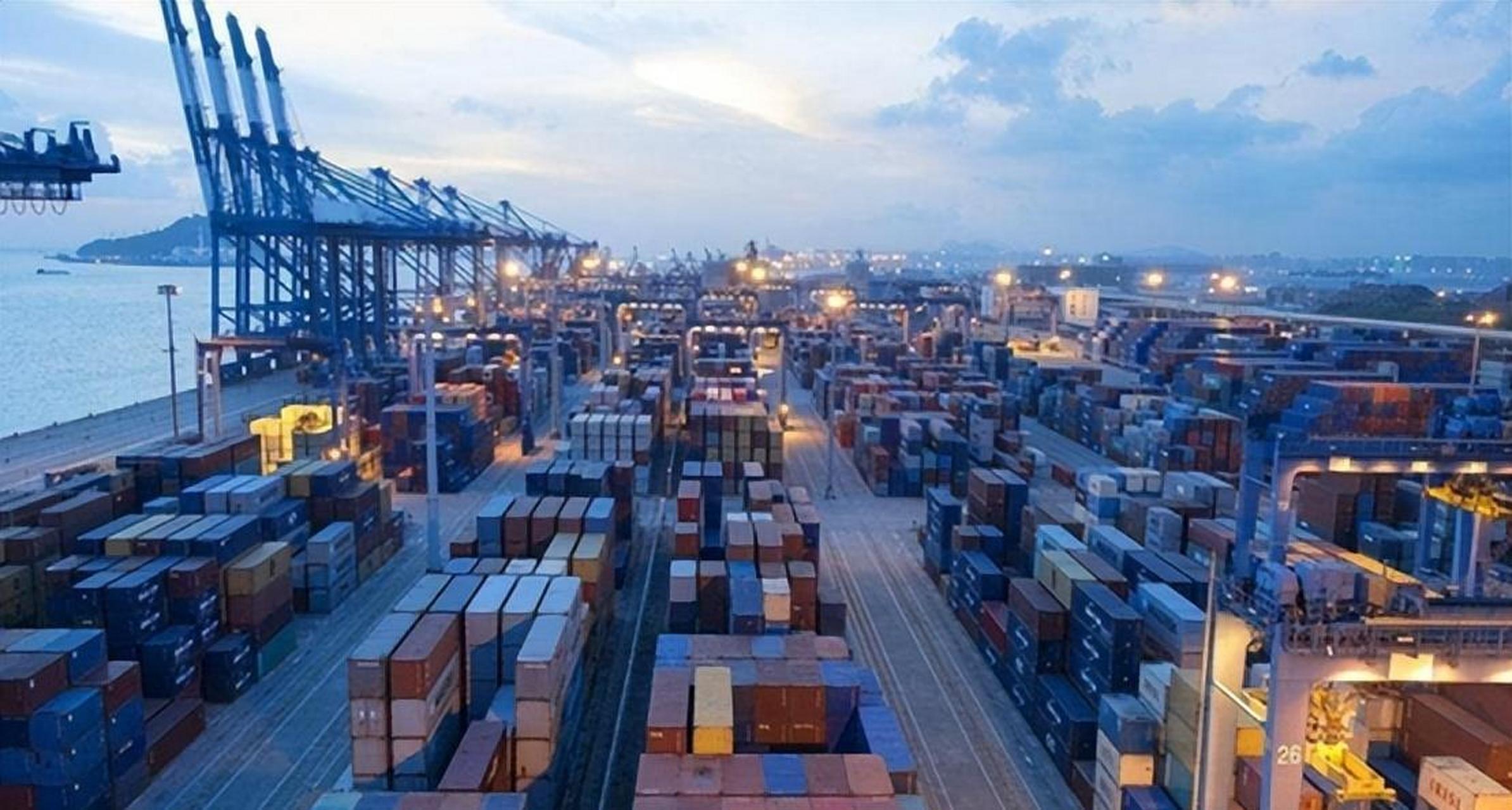Trade is not only the traditional buying and selling of goods such as clothing and automobiles, but also the data and services formed by lines of digital codes. As a major global trading power, China's digital trade is growing rapidly and accounts for a higher proportion in the total volume of imports and exports. Data released by the Ministry of Commerce shows that in the first three quarters of 2024, China's digital-deliverable service imports and exports reached 2.13 trillion yuan, and cross-border e-commerce imports and exports reached 1.88 trillion yuan, both setting new historical highs. Recently, the "Opinions on the Reform, Innovation and Development of Digital Trade" (hereinafter referred to as the "Opinions") issued by the General Office of the Central Committee of the Communist Party of China and The General Office of the State Council further planned the development path of digital trade and proposed that by 2029, the scale of service trade that can be digitally delivered will steadily increase, and its proportion in China's total service trade volume will rise to over 45%.
What is digital trade? Digital trade refers to trade characterized by data as a key production factor, digital services as the core, and data ordering and delivery as the main features. As an important component of the digital economy, it drives the accelerated integration and optimization of the global industrial chain, supply chain and value chain, and speeds up the reconstruction of the global trade model, structure and rules. According to the Ministry of Commerce, digital trade consists of four parts: digital goods trade, digital technology trade, digital services trade and cross-border data flow trade. Let's first look at digital goods trade. Besides the online transactions of various tangible products, it also includes data trade composed of publishing, film and television, performing arts, art exhibitions, animation and games, as well as creative designs. This year's highly popular domestic 3A game "Black Myth: Wukong" has been sold to many countries and gained a group of fans. Such transactions fall under digital goods trade. Looking at digital technology trade again, it mainly includes trade in telecommunications, calculators and information services, etc. In recent years, the foreign trade carried out in China's rapidly developing fields such as the Internet of Things, cloud computing and satellite navigation falls into this category. Digital service trade includes financial and insurance services, intellectual property royalty services, etc. The online education and telemedicine that people are familiar with are both forms of digital service trade. Cloud outsourcing, platform subcontracting and other service outsourcing are also new forms of digital service trade. Cross-border data flow trade mainly includes data generated by data flow platforms such as ICT (Information and Communication Technology), industrial Internet, intelligent manufacturing, Internet of Things, and artificial intelligence, which is widely applied in the value chain links such as research and development, production, operation, and service, resulting in data supply and demand service trade. The "Global Digital Trade Development Report 2024" jointly released by the Organizing Committee of the Global Digital Trade Expo and the International Trade Center shows that the global digital trade export scale has grown from 4.99 trillion US dollars in 2020 to 7.13 trillion US dollars in 2023, increasing by 42.9% over four years, with an average annual growth rate of 10.7%. It significantly exceeded the growth rates of global commodity exports (5.6%) and service exports (5.57%). Digital trade has become a brand-new engine driving the growth of global trade.
Data from the Ministry of Commerce shows that China's net export value of digital service trade increased by 11.1% year-on-year last year, outpacing the global growth rate. Moreover, China's digital trade has achieved a surplus for five consecutive years. The scale of China's digital trade has been steadily growing, and new models and new driving forces have been continuously expanding, providing strong support for the high-quality development of foreign trade.
China is not only a major country in the digital economy but also a major country in foreign trade. This means that China has both a solid industrial foundation and a vast market space for developing digital trade. China has a prominent advantage in developing digital trade, that is, a leading edge in the field of digital economy. Especially in fields such as cross-border e-commerce, fintech, and audio-visual entertainment, China has a number of platform enterprises with international competitiveness. Meanwhile, digital infrastructure such as 5G, data centers, cloud computing and artificial intelligence is accelerating its construction and improvement. Through cross-border live streaming, lead overseas customers to "cloud tour" the production line and R&D center to showcase the brand's strength. Enter third-party cross-border e-commerce platforms, transform from suppliers to retailers, and lead the international market trend... More and more domestic enterprises are seeking new blue oceans in the global market through digital trade and cross-border e-commerce in the fierce competition. The recently concluded Third Global Digital Trade Expo achieved fruitful results, further confirming the strong momentum of China's digital trade development. Data shows that a total of 1,546 enterprises participated in the third Digital Trade Fair offline, with over 30,000 professional merchants making purchases and conducting business negotiations. The cumulative number of visitors exceeded 200,000. A total of 113 projects were signed both inside and outside the venue, with a combined signed value of 165.08 billion yuan. From a horizontal comparison perspective, China's digital trade scale currently ranks fourth globally, and there is still room for improvement. Li Ziwen said, "From the perspective of market entities, the business of Chinese Internet platform enterprises is mostly concentrated in the domestic market, and their efforts to explore the international market are far from sufficient." Meanwhile, the level of opening up of digital trade also needs to be improved, and there are many institutional shortcomings in aspects such as intellectual property protection and cross-border data flow. The governance capacity of digital trade is clearly insufficient. There are many regulatory measures that utilize "post-border" rules such as personal privacy protection and source code opening, but few supportive policies to promote the expansion and quality improvement of digital trade. The say in formulating international rules for digital trade also needs to be enhanced. In the process of promoting the development of digital trade, apart from digital goods trade, the digital management and operation of the entire trade field are also very important. Li Jianhui, chief engineer of the China Article Numbering Association, told reporters that from the perspective of enterprise operation and business, the requirements for digitalization, the establishment and management of commodity data models, as well as the improvement of logistics supply chain efficiency, all have certain demands for unified coding and data standardization. Facing the complex trade situation and the new trend of digital trade governance, enterprises going global need to pay attention to the changes in global trade regulation and actively utilize unified coding to enhance the efficiency and quality of global circulation of goods.












